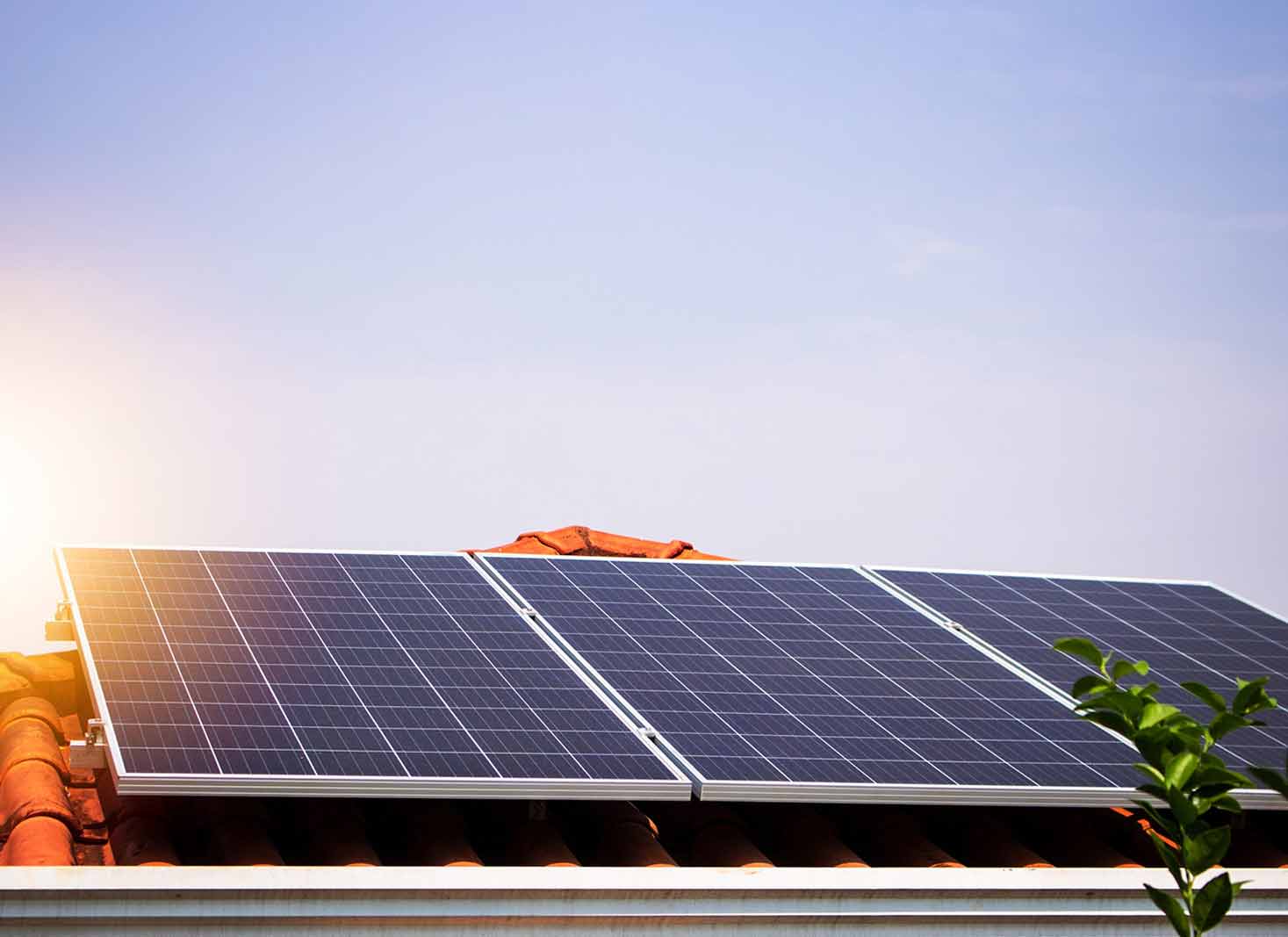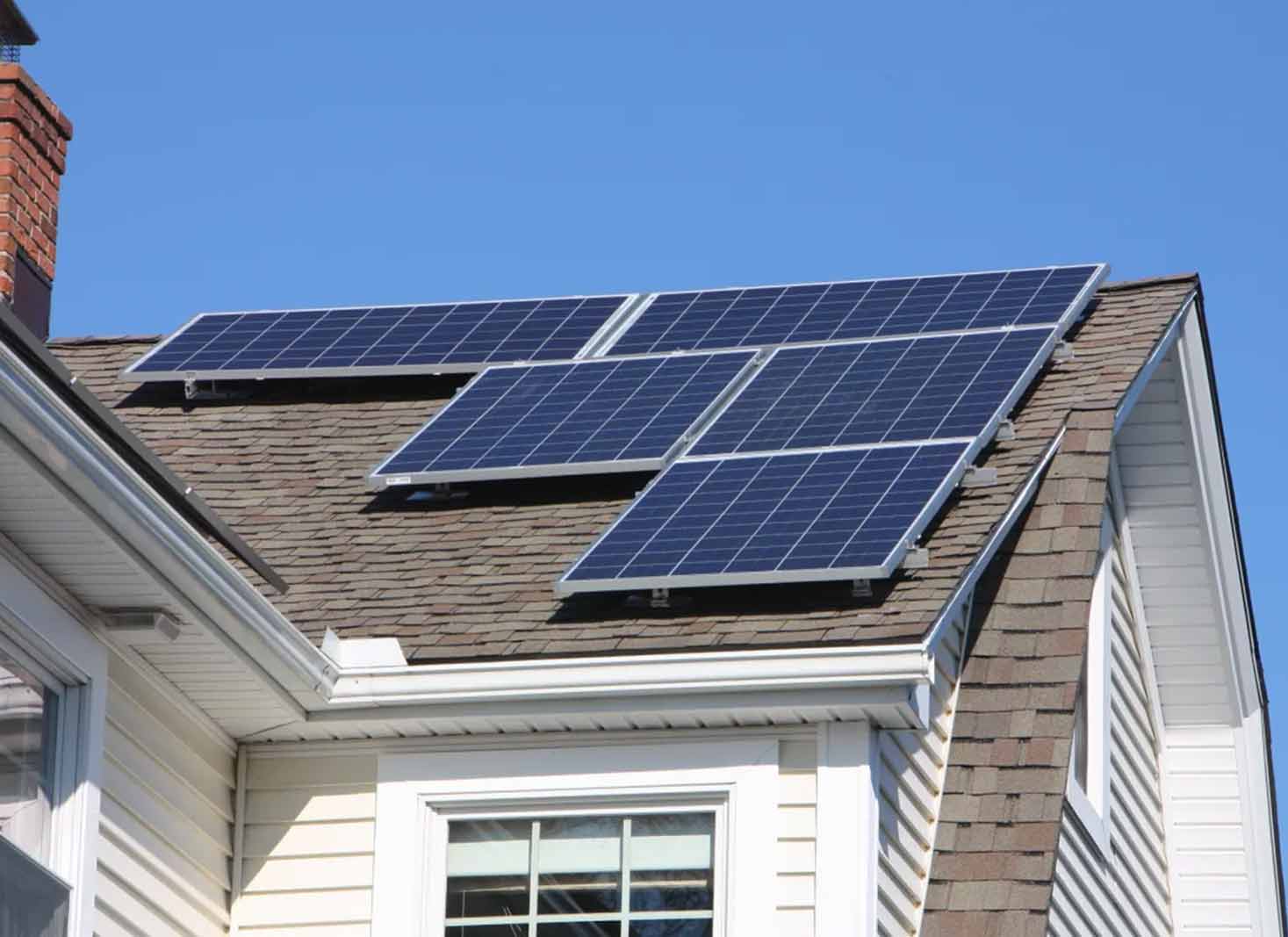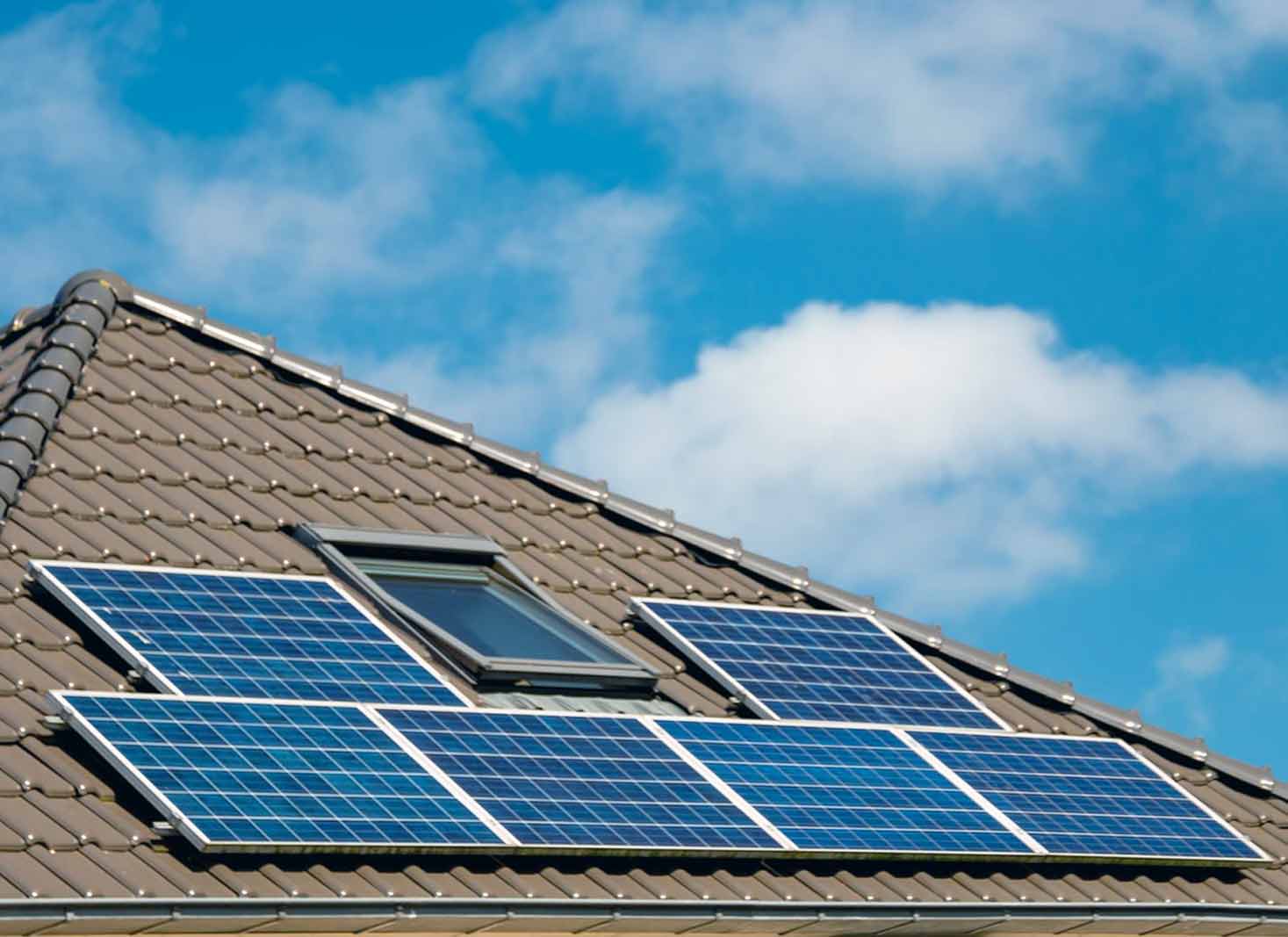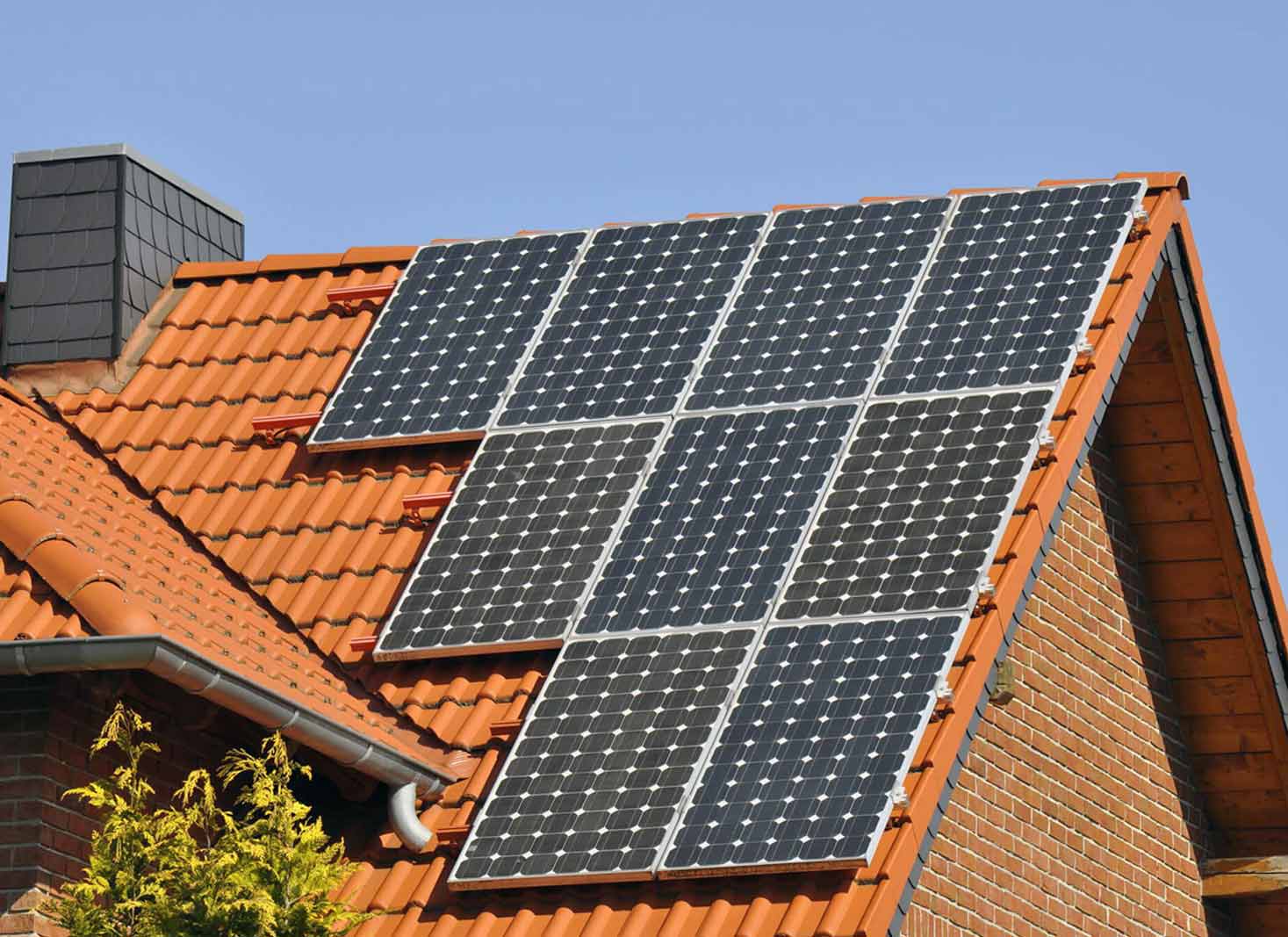Home What Are the Disadvantages of Solar Energy?
What Are the Disadvantages of Solar Energy in 2024?
Solar energy, as a renewable and environmentally-friendly choice, has recently surged in popularity. With an increasing number of families and businesses looking into transitioning to solar, it’s vital to weigh up the advantages and disadvantages of switching to solar power.
This blog post will delve deep into the disadvantages of solar energy in 2023, discussing aspects such as high upfront costs, efficiency limitations, space requirements, and more. By the end, you’ll have a comprehensive understanding of the challenges and potential benefits of harnessing the power of the sun.
Table of Contents
ToggleShort summary
- Solar energy is a cost-effective and sustainable option with government incentives.
- Efficiency limitations can be addressed through innovative battery technology, maintenance, and research.
- Solar panels offer reliable durability and efficiency with proper installation & maintenance for long term return on investment.
High upfront costs

One of the most significant barriers to entry for solar energy systems is the high initial cost. While the long-term benefits of solar energy, such as reduced electricity bills and a decreased carbon footprint, are well-known, the upfront investment can be daunting for many homeowners.
The initial cost includes essential components such as solar panels, inverters, batteries, wiring, and installation labour. However, government incentives like upfront cost reductions, interest-free loans, and STC certificates can ease the financial burden.
Solar panel prices
Solar panel prices have been on a downward trend, making them more accessible to homeowners. However, they still represent a substantial investment. Government incentives, such as STC rebates can help offset the cost of solar energy systems by generating additional funds. This financial support, along with the decreasing cost of panels, has made solar energy an increasingly attractive option for many.
Apart from the panel prices, homeowners need to consider the potential benefits of installing solar panels on their roofs. Properly installed solar panels can provide a reliable source of energy, reduce energy costs, and help minimise the home’s carbon footprint.
Moreover, solar panels can offer additional benefits, such as extending the roof warranty and preventing attic issues, when installed at the right angle and height.
Installation and labour expenses
Installation and labour expenses can add to the overall cost of a solar energy system, making it less accessible for some homeowners. The average cost of solar panel installation in 2023 is estimated to be around $1.50 per Watt for a home solar energy system.
However, these expenses should be viewed as investments for long-term cost savings, as solar energy systems can significantly reduce electricity bills in the long run.
Efficiency limitations

Although solar energy systems have shown great potential in converting sunlight into electricity, they still face efficiency limitations. Factors such as conversion rates and weather and climate conditions can impact the effectiveness of a solar power system as well as other solar energy systems.
In the following subsections, we’ll delve deeper into these limitations and explore how they can affect the performance of solar panels.
Conversion rates
Currently, solar panels convert only a portion of the sun’s energy into electricity, leaving room for improvement in efficiency. Most solar panels on people’s houses convert an impressive 14% of their available energy into power, while panels in prime locations can achieve more than a 22% conversion rate.
As solar technology continues to advance, we can expect even higher conversion rates in the future, making solar energy systems more efficient and attractive, showcasing solar energy advantages.
Weather and climate factors
Weather and climate factors, such as cloud cover and temperature, can affect the performance of solar panels. Solar energy systems may experience temporary dips in energy production during inclement weather.
However, it’s important to note that solar panels can still generate electricity on cloudy days, albeit at a reduced capacity, ranging from 10 to 25 percent of a sunny day’s production capacity.
Space requirements
Space requirements can pose a challenge for solar energy systems, as they require a suitable area for installation, whether on a roof or a piece of land, much like the vastness of our solar system and other solar systems.
In the upcoming subsections, we will discuss roof compatibility and land usage, which are critical factors to consider when planning a solar energy system installation.
Roof compatibility
Not all roofs are suitable for solar panel installation, and some may require additional modifications or reinforcement. Factors such as the age and condition of the roof, the type of roofing material, the roof’s structural integrity, and the amount of sunlight the roof receives should be assessed before installation.
By ensuring roof compatibility, homeowners can optimise their solar energy system’s performance and minimise potential issues.
Land usage
Large-scale solar installations require significant land area, which can lead to environmental and land-use concerns. However, solar installations can also offer opportunities for environmental benefits, such as habitat restoration, wildlife conservation, and soil enrichment.
With the rapid growth of solar power capacity, it is essential to address land use concerns and develop sustainable solutions to balance solar energy production and environmental preservation.
Energy storage challenges

Energy storage is a critical aspect of solar energy systems, as it enables the use of generated electricity when the sun isn’t shining. However, energy storage also presents challenges, mainly related to battery technology limitations and maintenance requirements.
In the following subsections, we will explore these challenges and their implications for solar energy systems.
Battery technology
Battery technology has come a long way, but it still has limitations in terms of cost, efficiency, and lifespan. Lithium-ion batteries, for example, offer impressive power at an affordable cost, while nickel-based batteries boast an incredibly long life.
However, there is still room for improvement in battery technology, and advancements in this field will greatly benefit solar energy storage solutions.
Solar battery systems maintenance and replacement
Solar energy storage systems require regular maintenance and eventual replacement, adding to the overall cost of the system. By staying on top of maintenance and addressing potential issues early, homeowners can ensure their solar energy system’s longevity and maintain its efficiency.
Environmental concerns
Solar energy, a form of renewable energy, is a greener alternative to traditional energy sources like fossil fuels, but it is not without its environmental concerns. Manufacturing emissions and disposal and recycling issues are some of the concerns associated with this renewable energy source.
Let’s take a closer look at these issues and their implications for the environment.
Manufacturing emissions
The production of solar panels can generate greenhouse gas emissions and contribute to environmental pollution. Despite this downside, solar energy still has a much lower carbon footprint than other energy sources, such as fossil fuels.
As solar panel manufacturing processes continue to improve, we can expect a further reduction in manufacturing emissions, making solar energy even more environmentally friendly.
Disposal and recycling
Disposal and recycling of solar panels can be challenging due to the presence of hazardous materials and limited recycling infrastructure. However, there are potential solutions to these challenges, such as advancing new recycling technologies, creating new recycling infrastructure, and implementing policies to promote the reuse and recycling of solar panel materials.
These solutions could lead to a more sustainable and cost-effective way of disposing and recycling solar energy systems, thus reducing their environmental impact.
Dependence on sunlight

Solar energy systems are inherently dependent on sunlight, which can be affected by nighttime, cloudy days, and geographic location. This dependence on sunlight can be both an advantage and a disadvantage, as it directly impacts the efficiency of solar energy systems.
In the following subsections, we will explore how these factors influence solar energy production.
Nighttime and cloudy days
Solar panels cannot generate electricity at night or during periods of low sunlight. To produce electricity consistently, this limitation can be overcome by storing the excess energy generated during the day for later use or linking to an alternate power source, such as the local utility grid.
Although solar panels can still generate electricity on cloudy days, their energy output is significantly reduced, ranging from 10 to 25 percent of a sunny day’s production capacity.
Geographic variability
The amount of sunlight available for solar energy production varies by geographic location, affecting the efficiency and feasibility of solar installations. Areas with more sunlight can harness solar energy more efficiently, while regions with less sunlight may require larger installations or alternative energy sources.
Solar panel durability

Solar panel durability is a crucial factor to consider when investing in a solar energy system. The lifespan of solar panels, efficiency decline over time, and potential damage and maintenance requirements are all aspects that can impact the overall return on investment.
In the following subsections, we will delve into these durability concerns and their implications for solar energy systems.
Lifespan and efficiency decline
Solar panels typically have a lifespan of 25-30 years, but their efficiency may decline over time, reducing their energy output. This decline in efficiency can be mitigated through proper maintenance and regular cleaning, ensuring that the solar panels continue to generate electricity at an optimal level throughout their lifespan.
As solar technology continues to advance, we can expect future solar panels to have even longer lifespans and more stable efficiency levels.
Potential damage and maintenance
Solar panels can be susceptible to damage from weather events or improper installation, requiring regular maintenance and potential repairs. The estimated cost of repairs and maintenance for solar panels is typically around $570 annually, depending on the type of damage and the manufacturer of the solar panel.
Proper installation and regular maintenance can help protect solar panels from damage and ensure their longevity, making the investment in solar energy more worthwhile in the long run.
Table of Contents
Toggle




